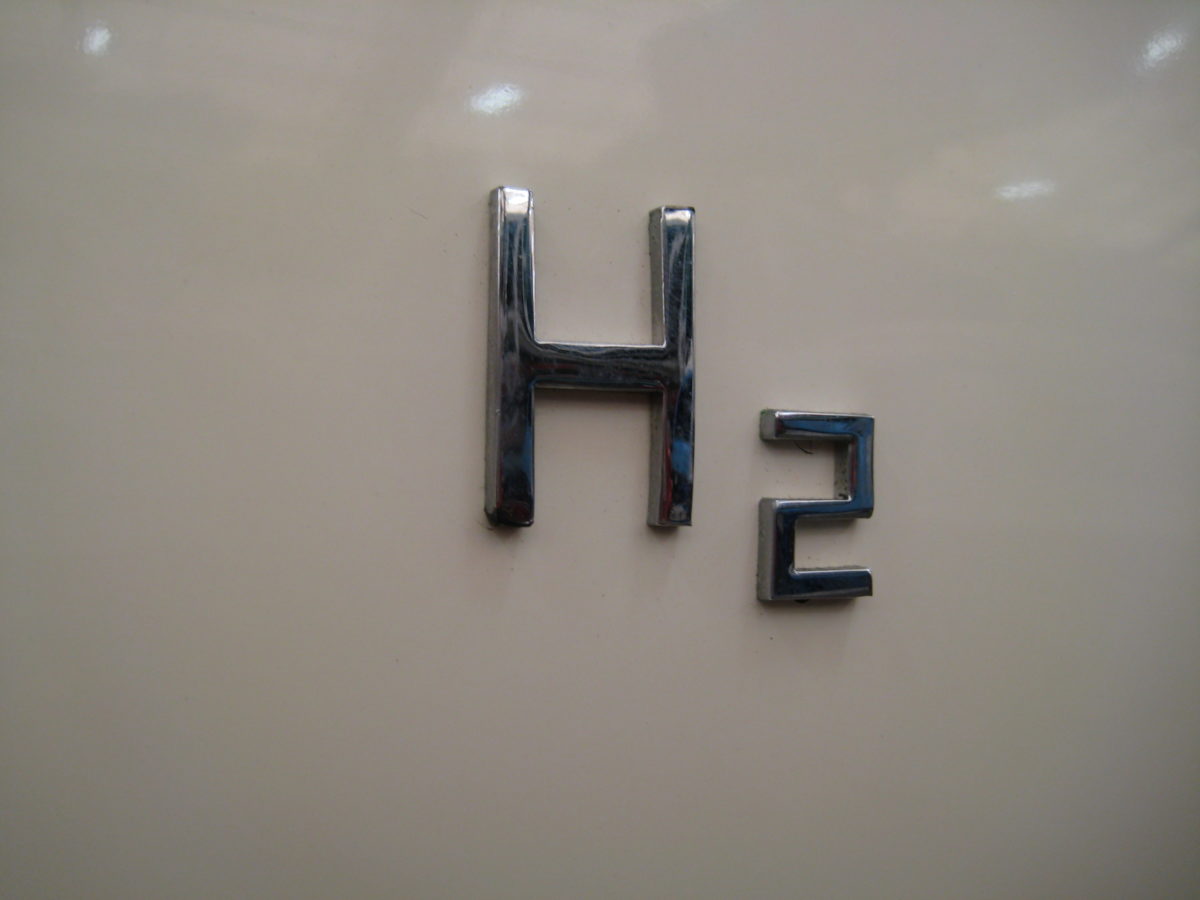Researchers from Japan’s Tokyo Institute of Technology (Tokyo Tech) claim to have developed a visible-light photoelectrochemical system for water splitting to produce hydrogen that is based on titanium dioxide and cobalt.
The key to this new approach is cobalt, which is used instead of expensive metals such as gold and silver, to improve the light absorption properties of titanium dioxide (TiO2), which is known for absorbing energy from light in the ultraviolet spectrum. When mixed noble metals, or in this case cobalt, titanium dioxide can also absorb the visible light.
The scientists created what they claim is the first visible-light photoanode made of TiO2 enhanced with cobalt, by growing thin TiO2 films onto a substrate and adding cobalt by immersing both compounds into an aqueous cobalt nitrate solution.
According to their analyses performed through spectrometry analyses and scanning electron microscopy, the addition of cobalt allows TiO2 to absorb also the visible light, which triggers the mobilization of electrons and cause water oxidation. “It turns out that cobalt domains not only capture visible light and transfer charges (electrons) at the TiO2 interface, but also serve as catalytic sites that facilitate water oxidation,” the research group stated.
On top of this, the structure of the base TiO2 thin film is also said to have a positive effect on the performance of the photoanode, enabling better accommodation of cobalt atoms. “The structure of the TiO2 film can be easily tuned by adjusting fabrication parameters, which allowed the team to carry out multiple tests to gain insight on this phenomenon,” the scientists further explained.
The new technology is described in the paper Water Oxidation through Interfacial Electron Transfer by Visible Light Using Cobalt-Modified Rutile Titania Thin-Film Photoanode, published in ACS Applied Materials & Interfaces.
This content is protected by copyright and may not be reused. If you want to cooperate with us and would like to reuse some of our content, please contact: editors@pv-magazine.com.




By submitting this form you agree to pv magazine using your data for the purposes of publishing your comment.
Your personal data will only be disclosed or otherwise transmitted to third parties for the purposes of spam filtering or if this is necessary for technical maintenance of the website. Any other transfer to third parties will not take place unless this is justified on the basis of applicable data protection regulations or if pv magazine is legally obliged to do so.
You may revoke this consent at any time with effect for the future, in which case your personal data will be deleted immediately. Otherwise, your data will be deleted if pv magazine has processed your request or the purpose of data storage is fulfilled.
Further information on data privacy can be found in our Data Protection Policy.